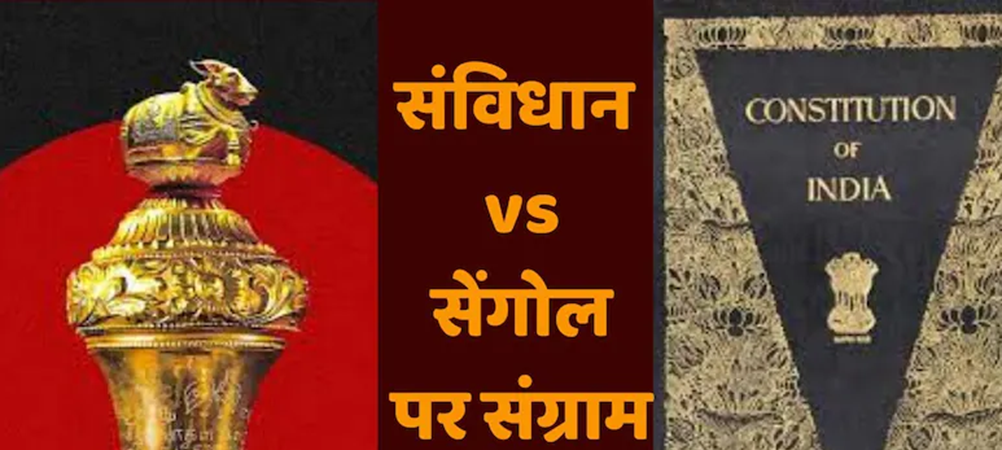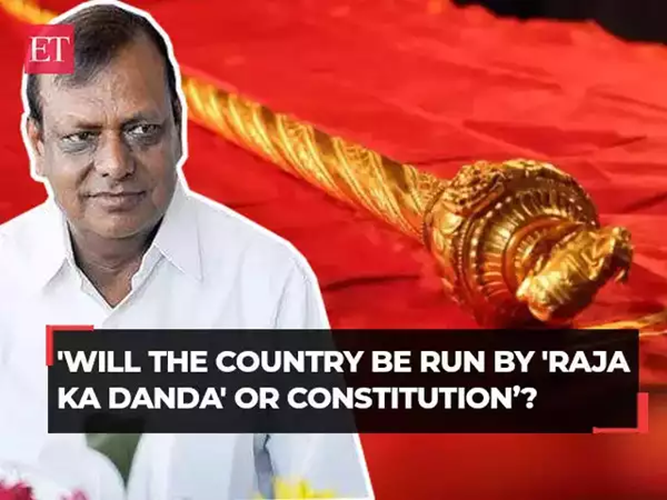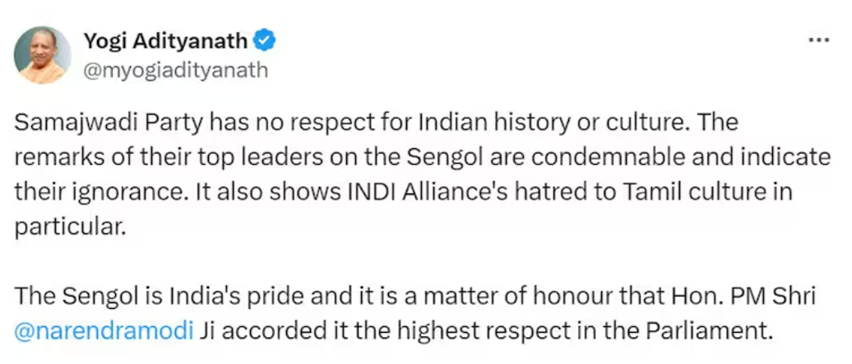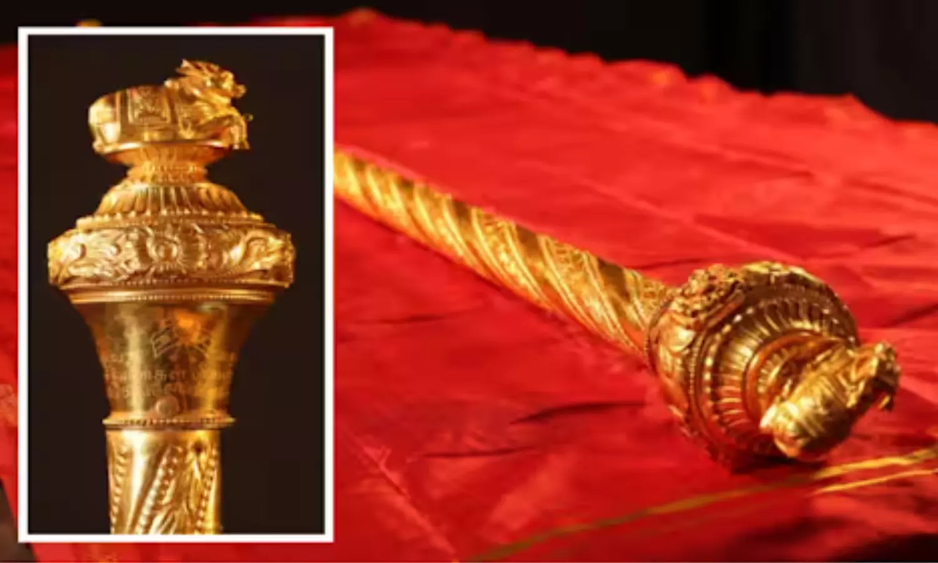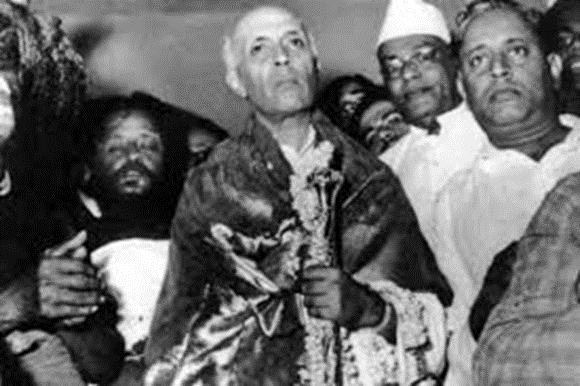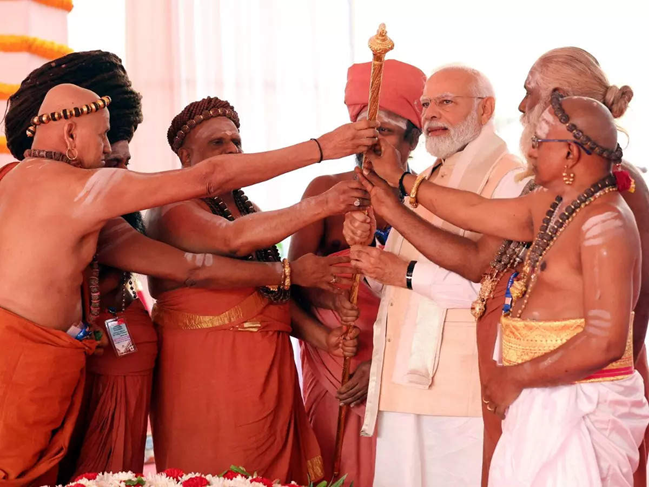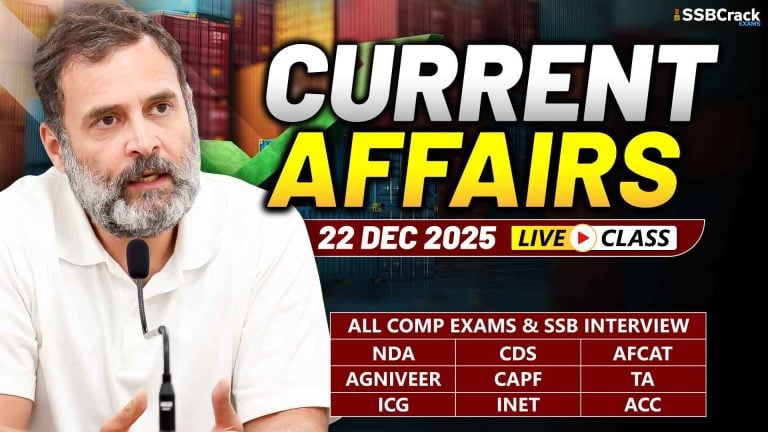Samajwadi Party MP R K Chaudhary’s demand for removal of the Sengol from the Lok Sabha, calling it a symbol “rajdand/rajtantra (monarchy)”, has become the latest flashpoint between the government and the Opposition. The latest Parliament session’s hot spot has been the “sengol” placed next to the Speaker’s chair in the Lok Sabha.
Sengol Versus Constitution
Why In News
- Samajwadi Party MP R K Chaudhary’s demand for removal of the Sengol from the Lok Sabha, calling it a symbol “rajdand/rajtantra (monarchy)”, has become the latest flashpoint between the government and the Opposition. The latest Parliament session’s hot spot has been the “sengol” placed next to the Speaker’s chair in the Lok Sabha.
The Row
- Sengol needs to be replaced, according to Mohanlalganj MP Chaudhary, with a copy of the Constitution. “The adoption of the Constitution marked the beginning of democracy in the country, and the Constitution is its symbol.
- The BJP government in its last term installed ‘sengol’ next to the Speaker’s chair.
- Sengol is a Tamil word that means sceptre. Raj-Dand also means the king’s stick. We have become independent after the age of kings. Now, every man and woman who is an eligible voter chooses the government to run this country. So will the country run by Constitution or by a king’s stick?” “We have been very clear that the sengol symbolises kingship and the kingdom-era is over. We should celebrate the people’s democracy and the Constitution,”
BJP hits back
- BJP leader Shehzad Poonawalla said, “The Samajwadi Party never hesitates to attack the Indian Sanskriti. They say Sengol should be removed from Parliament which is an insult to Tamil Nadu.”
- “If it was ‘Raja ka Dand’, why did Jawaharalal Nehru accept the Sengol? This shows the mindset of the Samajwadi Party. First, they attack and abuse Ramcharitmanas, now Sengol, which is part of Indian and Tamil culture. Does DMK support his kind of insult of Sengol, they must clarify,”
Sengol
- A golden sceptre was crafted by Vummidi Bangaru Chetty, a famous jeweller in Madras (now Chennai).
- The Nandi, with its unyielding gaze as the beholder of “Nyaya”, is hand-carved at the top.
- Sengol is profound in meaning, derived from the Tamil word “Semmai”, it means “Righteousness”. It was made of gold or silver and was often decorated with precious stones.
- A Sengol sceptre was carried by emperors on ceremonial occasions, and used to represent their authority.
- It is associated with the Chola Empire, one of the longest-ruling and most influential dynasties in South India. The Cholas had a tradition of handing over the Sengol sceptre from one king to another as a mark of succession and legitimacy.
- The ceremony was usually performed by a high priest or a guru who blessed the new king and conferred him with the Sengol.
- Jawaharlal Nehru, the first prime minister of independent India, accepted the sengol as a symbol of transfer of power from the British, and it was subsequently housed in an Allahabad museum.
- Before independence from the British rule in 1947, the then Viceroy – Lord Mountbatten posed a question to the to-be Prime Minister Jawaharlal Nehru: “What is the ceremony that should be followed to symbolise the transfer of power from British to Indian hands?”
- PM Nehru then consulted C. Rajagopalachari, commonly known as Rajaji, who went on to become the last Governor-General of India.
- Rajaji suggested that the Chola model of handing over the Sengol sceptre could be adopted as a suitable ceremony for India’s independence.
- He said that it would reflect India’s ancient civilisation and culture, as well as its unity in diversity.
- The Sengol sceptre was presented to PM Nehru by Thiruvavaduthurai Adheenam (a 500-year-old Saivaite monastery) on August 14, 1947. After receiving the Sengol sceptre in 1947, Nehru kept it at his residence in Delhi for some time.
- He then decided to donate it to Anand Bhavan Museum in Allahabad (now Prayagraj), his ancestral home. In 2021-22, when the Central Vista redevelopment project was underway, the government decided to revive this historical event and install the Sengol sceptre in the new Parliament building.
